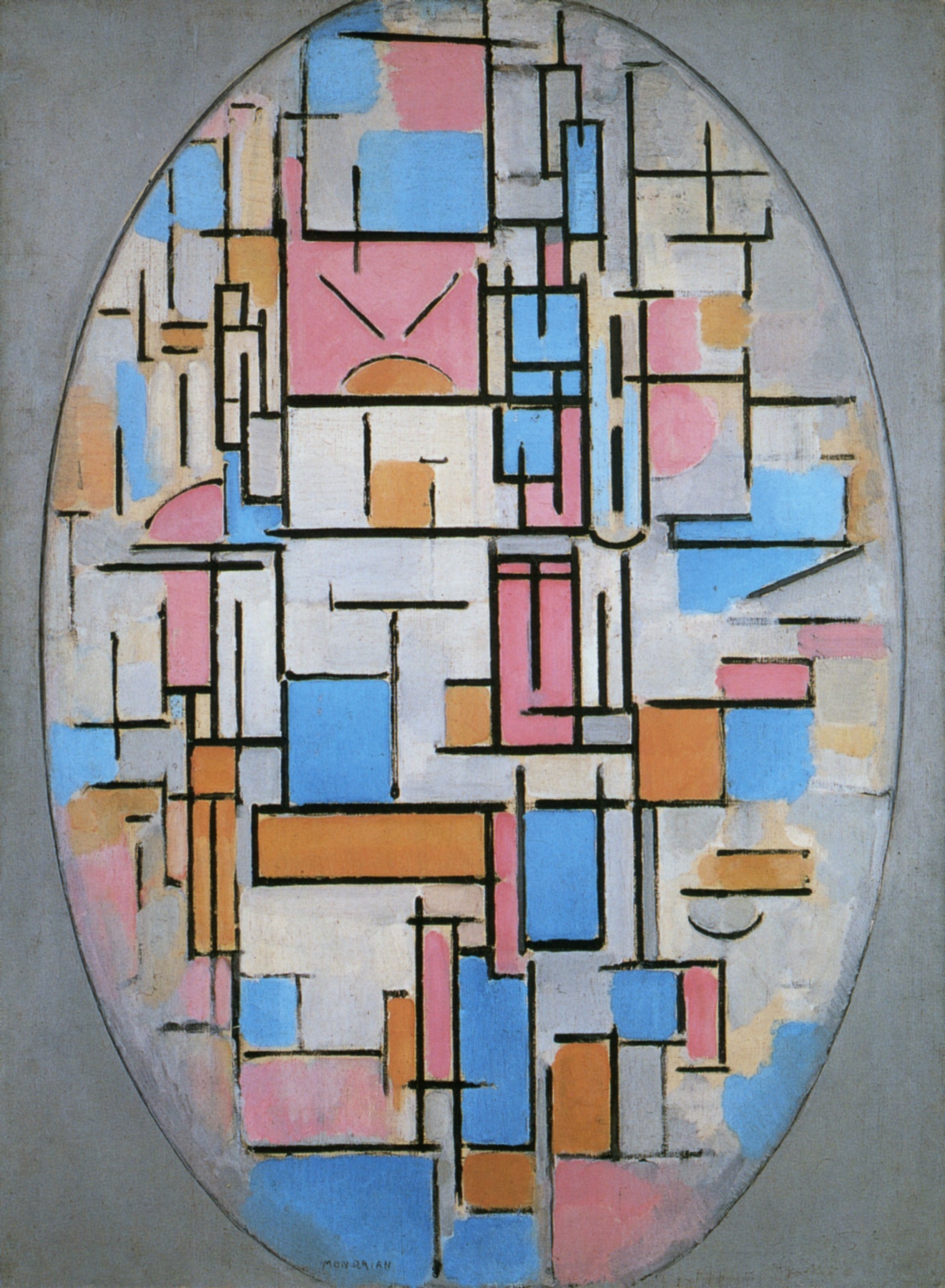Language colors the world we see: how words affect our perception of color. From the article:
Besides our individual biological make up, colour perception is less about seeing what is actually out there and more about how our brain interprets colours to create something meaningful. The perception of colour mainly occurs inside our heads and so is subjective – and prone to personal experience….
Since the day we were born we have learnt to categorise objects, colours, emotions, and pretty much everything meaningful using language. And although our eyes can perceive thousands of colours, the way we communicate about colour – and the way we use colour in our everyday lives – means we have to carve this huge variety up into identifiable, meaningful categories….
The way we perceive colours can also change during our lifetime. Greek speakers, who have two fundamental colour terms to describe light and dark blue (“ghalazio” and “ble”), are more prone to see these two colours as more similar after living for long periods of time in the UK. There, these two colours are described in English by the same fundamental colour term: blue.
This is because after long term everyday exposure to an English-speaking environment, the brain of native Greek speakers starts interpreting the colours “ghalazio” and “ble” as part of the same colour category.
For a similar study on Russian-language speakers, which notes that its data “converge to make a strong case that language-specific processes can affect simple, implicit, perceptual decisions”, see here. H/t @BobVermeeren






Leave A Comment